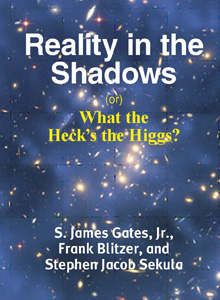I found myself recently standing on the shores of Lake Michigan, reflecting on the connections between these human spaces and the most vast spaces of the cosmic shores.
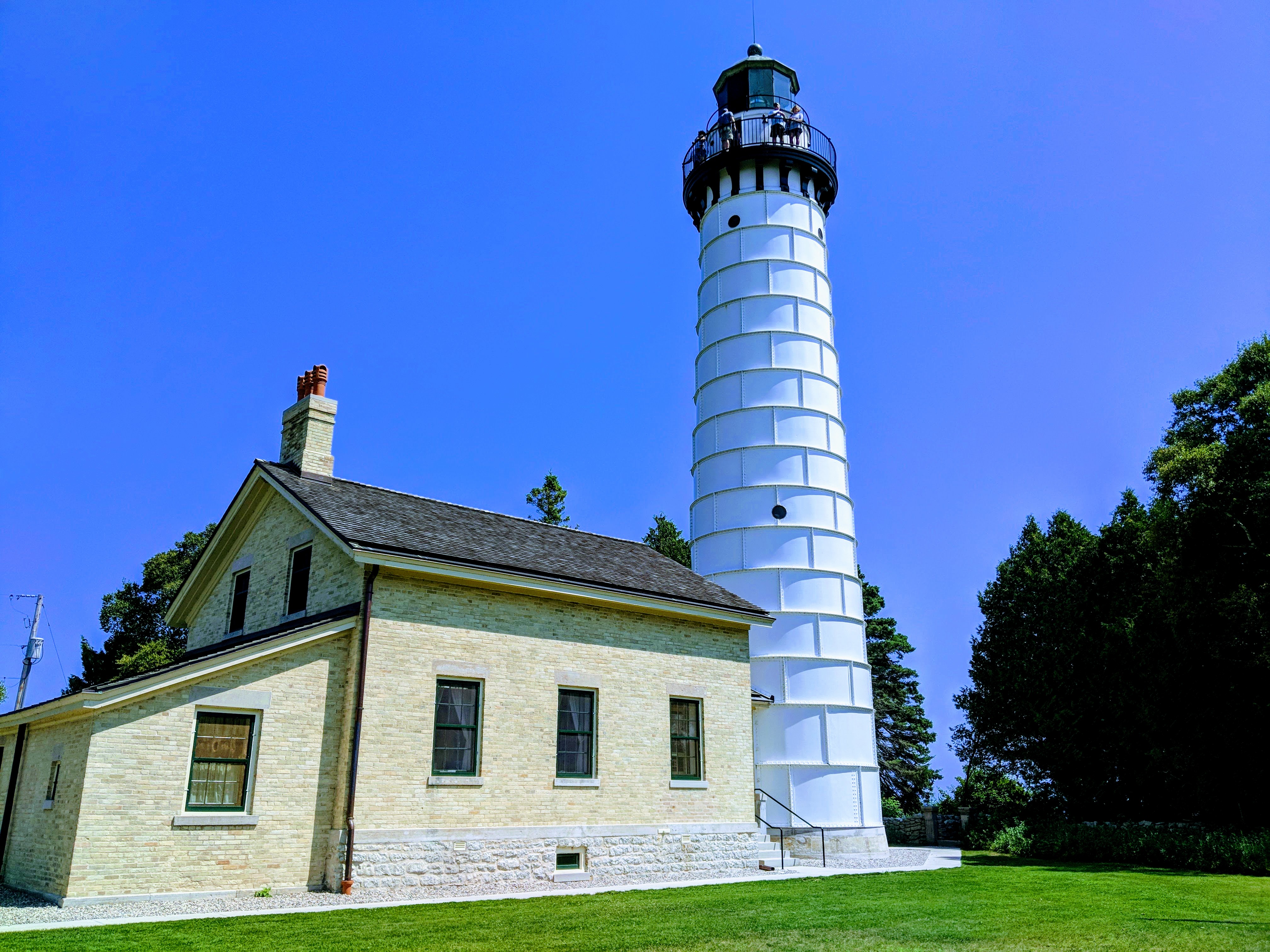
The lighthouse on Cana Island in Door County, Wisconsin stands on the shores of Lake Michigan. At a height of 87 feet, the tower is host to a fixed light focused and beamed out into the lake by a third-order Fresnel lens. Ships on Lake Michigan will know this is the Cana Island light by the fact that it has no periodicity. As part of the light house network along the shores of this great lake, this beacon provides important navigation information to ships that may otherwise wander too close to shore, or become lost in poor weather while moving between ports on this vast body of water.
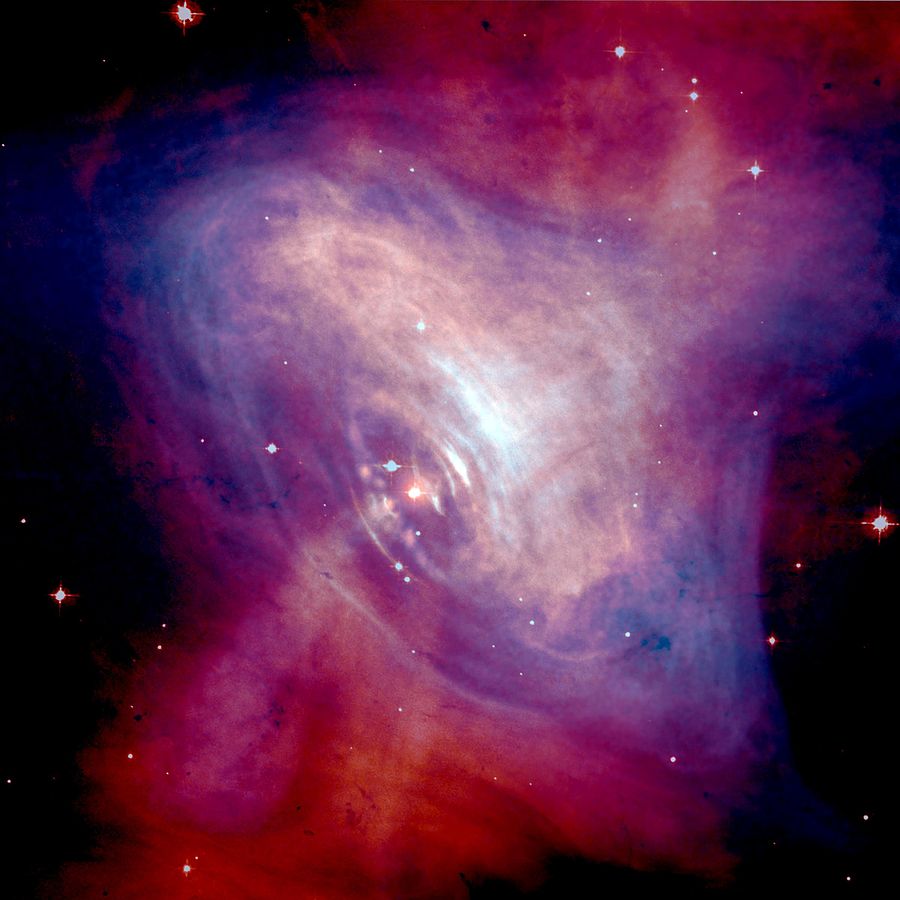
In the ocean of the cosmos, there are also lighthouses. These are built, not by engineers and masons and carpenters and lensmakers, but by the violent deaths of stars that started out a little too heavy, burned a little too bright and too fast as a result, and died in a terrific collapse. These cosmic beacons are Goldilocks corpses: not too big to collapse all the way to black holes, and not too small to simply puff off their outer atmospheres and die quietly as a white dwarf. These are the neutron stars, stellar corpses spun so fast by the uneven collapse of the star that once birthed them that they pulse rhythmically and regularly for millions of years as they slowly spin down. No two spinning neutron stars – “pulsars,” as they are also known – spin at quite the same rate when born. As a result, like the lighthouses that line coastal waters, pulsars that dot the cosmos and broadcast their periodic songs provide a kind of “cosmic carte des phares (lighthouses map)” that might, one day, allow ships capable of sailing the stars to know where they are.
A Tale of Light and Glass
People visiting historic lighthouses might be doing so for a wide variety of reasons. Few people likely realize that each of these structures represents the end of a long chain of technological marvels, the culminations of many competitions among nations to be the best, to go further with science and technology than other nations, and in doing so to preserve both blood and treasure.
One competition that lies at the heart of the Cana Island lighthouse is the battle of national secrets and the struggle between scientists to perfect optical glass. This story is partly told in the most recent “Cosmos” TV series (2014), especially in the episodes “Hiding in Light” (Episode 5) and “The Electric Boy” (Episode 10). While not central to the story arc of the TV series, peripheral mentions are made of the German perfection of optical glass under the direction of Joseph von Fraunhofer, a brilliant scientist who, among other things, observed that light spectra (the rainbows of color achieved by splitting white light into its constituent colors) are not continuous, but rather possess “gaps” or “missing colors.” These are the fingerprints of atomic structure. He would not come to understand the meaning of the observation of these dark spots in spectra – that would be left to a later generation of physicists – but Fraunhofer’s discovery was a step on the way to our modern picture of the universe and its structure. German optical glass, his own perfection, was the envy of Europe. A scientific power that wanted to rival Germany would have to unlock the secrets of such glass-making.
The French managed to make quite excellent optical glass, though it was not the better of the Bavarian glass whose secrets Fraunhofer largely took to the grave when he died in 1826 at the age of 39. In fact, the glass-making of the French, while adequate, was significantly challenged by the goal of the French state to deploy a serious and advanced network of lighthouses along French territorial coasts. What was it about this plan that provided such an obstacle to French glassmakers?
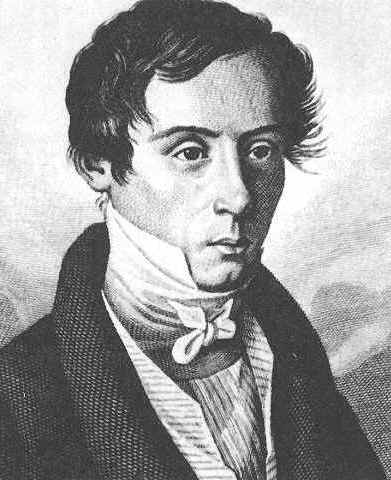
from the frontispiece of his collected works (1866). This work is over 100 years old and is in the public domain in the country of origin.
In short, the answer is Augustin-Jean Fresnel. Fresnel was brought into the French Academy of Science thanks to his remarkable (and unpopular) ideas about describing light as a wave. Since the time of Isaac Newton, the “corpuscular” theory of light – the notion that light is made from little packets or particles – had taken hold in many scientific circles. To challenge it was to court heresy. But Fresnel had developed an extremely rigorous mathematical framework to describe that patterns of light and dark that are observed when light was shone past a sharp boundary, such as the edge of a razor blade or through a very narrow slit. Only Fresnel’s wave ideas, and especially the advanced application of calculus he developed to make calculations and predictions much easier, even for complex shapes, explained these patterns.
At the height of scientific challenges to Fresnel’s ideas, others noted that he had failed to calculate what light would do when shone down on a circular disc. When they ran the math, his framework predicted that a bright spot should appear at the center of the shadow cast by the disc. A bright spot dead center in a shadow? The idea seemed ludicrous. But an experiment staged for the benefit of the French Academy showed that Fresnel’s equations were, in fact, correct: the shadow of a circular disc contained a minute bright spot at its center. Fresnel’s equations predicted a phenomenon never before observed, and when looked for, it was found.
Fresnel’s larger story is that of a man tasked with boring engineering jobs who longed instead to play with light. He had a job to do for the French state, one which he took every opportunity to avoid doing in pursuit of his theory of light. However, the two jobs intersected when Fresnel became convinced that the way to improve lighthouses, making new ones to rival those of the English, was to switch from using reflectors that beam the light out to sea to using refractors to do the same job. Using his new theory of light, Fresnel did the math and convinced himself that a superior optical device could be constructed that, instead of letting light bounce off it and focus out to sea (losing half the light in the process of bouncing), instead could channel and bend light through a clear medium. This would make a powerful lens, with a short focal length, and would be required to have much less weight than a traditional curved lens. His idea is now known as the Fresnel Lens.
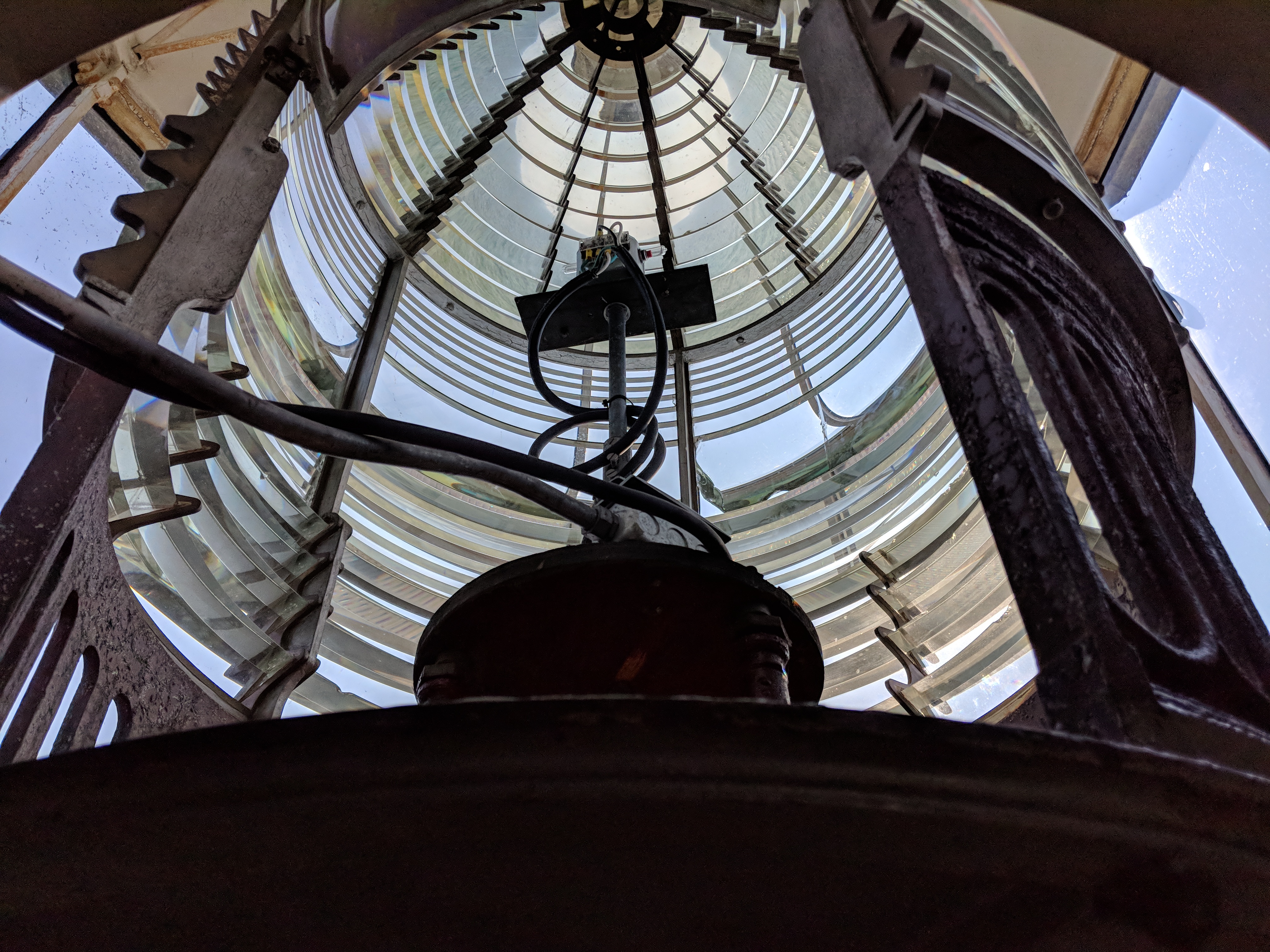
The Fresnel Lens required very pure optical glass. Fresnel spent years before his own death micromanaging French glass makers and wrestling with their product to achieve a reliable means to cast the right glass pieces to assemble into these lenses. When he died of tuberculosis in 1827 (also at age 39, and just a year after Fraunhofer’s death… an interesting symmetry), he left behind many scientific and engineering challenges to those, including one of his own brothers, who would carry on the lighthouse project. Ultimately, those challenges would be overcome and what started as a handful of demonstration lighthouses in the “Carte des Phares” (Lighthouses Map) devised by Fresnel for the French state would blossom into the greatest optical technological advance of the 19th century. Lighthouses of significant brightness and reach prevented dozens of shipwrecks a year, evidenced by the French state’s own accounting of shipwrecks off French coasts before and after the installation of Fresnel lenses in lighthouses. Lighthouses built after this technological revolution in glass making and lens constructions demanded French-made Fresnel Lenses.
The Cana Island Lighthouse sports a Fresnel Lens that dates back to around 1869 or so. It was installed in the lighthouse and the facility achieved first light in 1870. The lens is a “third-order” Fresnel lens, which means it’s the third most powerful lens of the designs created by Fresnel before his death in 1827. While this particular lens is too young to have been crafted by Fresnel himself (who, as I mentioned, felt compelled to micromanage the construction process owing to the sense that others lacked the kind of attention to detail and precision needed for this art), nonetheless it bears the hand of the master.
It’s one of his “catadioptric” designs, with prisms at the top and bottom to internally reflect and refract light as if guided by a mirror, with central glass prisms to refract the light light a standard lens. In fact, if you stare carefully at the close-up photo below of the light coming out of the catadioptric prisms at the top of the lens, you’ll see the lake horizon and waves; that’s because the light you see was originally reflected off the waves of Lake Michigan before being totally internally reflected inside the prism and directed down toward the camera lens of my phone.
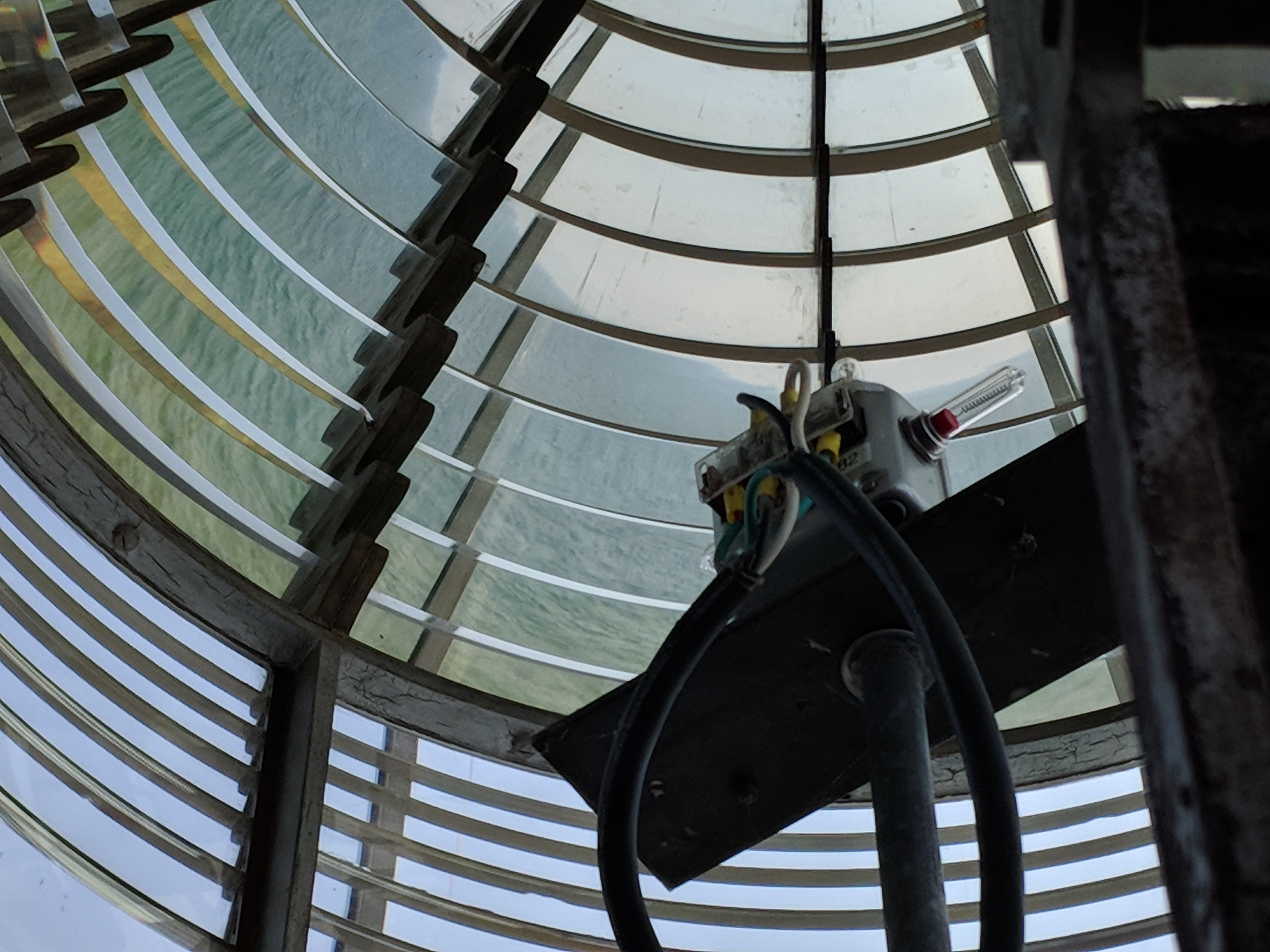
Lighthouse Fresnel Lenses represent the technological might of 19th century physics and engineering. A deeper understanding of light’s wave nature allowed for the imagining and design of a lens with significant focusing power but light-weight design. Once the technological challenges were overcome, the parabolic reflecting mirrors of the previous generation of lighthouses were tossed aside in favor of this new French revolution: the Fresnel Lens.
Networks of lighthouses appeared on every major body of water, constructed over decades to aid ship navigation and improve safe passage on rough waters or during inclement weather. Countless lives were saved by this optical marvel, and countless commerce made more profitable by its employ. What made possible this advance? It wasn’t the then frontier of French optics and lighthouse engineering when Fresnel took on the challenge of the Carte des Phares. It also really wasn’t French glass-making; that was adequate but not up to the task when Fresnel needed it for his ideas. Rather, it was the idea that light could be described as a wave, an idea pushed hard by Fresnel’s mathematical confidence, that drove this particular revolution. Without Fresnel’s basic insights into light and his passion for light itself, reflectors may have ruled the design of lighthouses for many more decades and that particular revolution might have been delayed until much later. The Cana Island Lighthouse, lit in 1870, may instead have sported a dated and inefficient parabolic reflector rather than the gem of a Fresnel lens that it holds today.
Lighthouses in a cosmic sea
Our passion, as a species (dotted with intellectual lights), for understanding actual light, in all its forms, has driven many other technological revolutions. We are living through one right now: the revolution in personal, cheap telecommunications. This revolution was pushed not only by the development of small, miserly radio antennas, but also powerful but compact computers and, behind the scenes, a revolution in optical fiber communications (again, optics!) that made possible the packing of more information into the same space.
But our hunger for light in all its forms also made possible the detection of cosmic lighthouses, those stellar corpses we know as “pulsars.” The first pulsars were detected by radio astronomer Jocelyn Bell in 1967. As a young graduate student, she observed a regular repeating radio signal that appeared to originate from a non-terrestrial source. It was originally labeled “LGM-1”, standing for “Little Green Man – 1.” This was a temporary name in honor to the biased notion that such a regular, repeating radio signal must come from some intelligent origin.
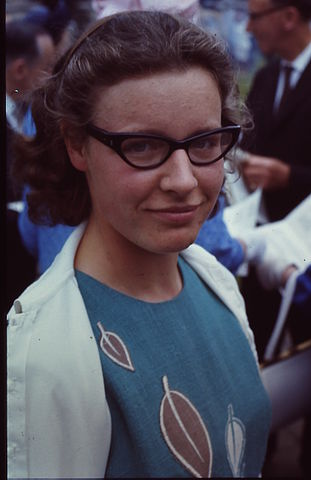
Today we recognize these regular signals, as well as other kinds of light, are originating from rapidly spinning “neutron stars.” If a heavy star, much heavier than our own sun, experiences a runaway collapse at the end of its life, it is possible for the remnant to form a neutron star. This happens so long as the core of such a star, the seed left over after blowing off its atmosphere, is not much lighter than about 1.5 times our sun’s mass and not much heavier than about 3 times our sun’s mass. In that sweet spot, that “Goldilocks zone,” the core of the dead star will live out its days as a neutron star.
The collapse and death of a heavy star is not pretty, nor pleasant, nor without violence and drama. This leaves a toll on the neutron star, often (it seems) in gifting the stellar corpse with an incredibly fast rotation speed. Imagine an object that is spherical in shape and about the size of a major city, like New York City, but rotating more than 1000 times each second. This dense stellar corpse also emits an unfathomably large magnetic field, and as it also spins at an equally unfathomable rate, the result is an electromagnetic whip that tears at the atoms in the surrounding space – those recently cast off by the death of the star itself. Pulsars create incredible maelstroms not visible to the human eye, but visible in radio and x-ray light.
Their regular spinning results in regular pulsing in, for instance, radio. They are light cosmic lighthouses, sweeping out a beam of light for those with the right “eyes” to see. Large radio receivers will do the trick. No two pulsars spin at quite the same rate, owing to the details of their original mass (what star they came from) and how, exactly, that star died. Therefore, much as as ship at sea can know its location near a coast by the pattern of lighthouse flashes it sees in the distance, some cosmic traveler with the right radio antennas can know where in the Milky Way galaxy they have stumbled by listening to the pulsars within their radio horizon. The first such ships would have to map these cosmic shoals, but for all the ships that came after, this Carte des Phares Cosmiques would let a captain choose the next destination… or find their way to a home thought lost long ago.
Resources
- Levitt, Theresa. “A Short, Bright Flash: Augustin Fresnel and the Birth of the Modern Lighthouse”. W. W. Norton & Company; 1 edition (July 29, 2013)
- Wikipedia Articles
This article is part of a wider series, “A View From The Shadows,” that I began writing as a follow-on to our book, “Reality in the Shadows (or) What the Heck’s the Higgs?”, published in 2017 by YBK Publishers in New York, NY and available from fine booksellers such as Amazon.com.
